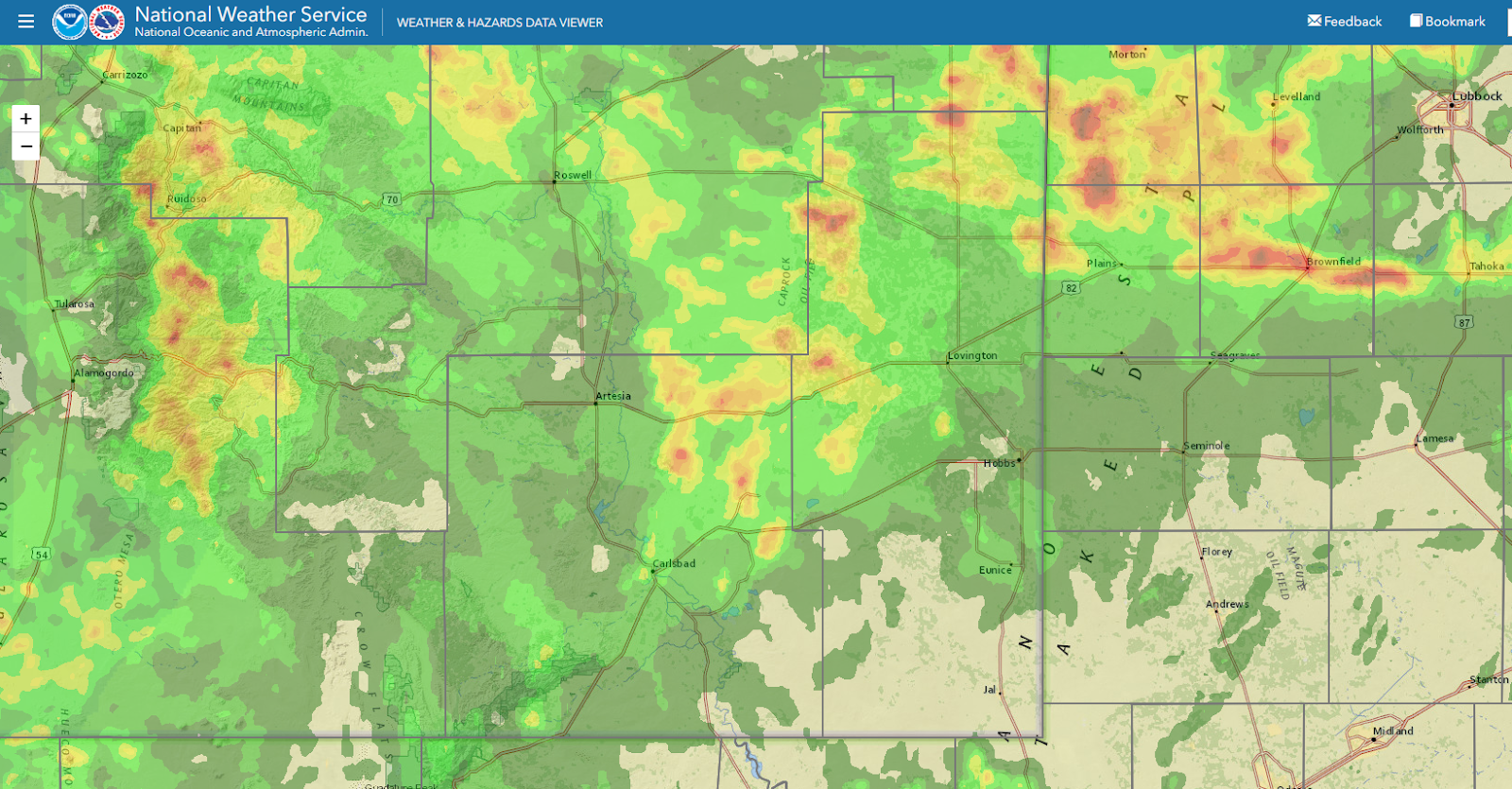
To access either of these two new map displays click on the links below.
#LOCAL PRECIPITATION TOTALS FULL#
The mobile device version is a slightly simplified version that provides most of the functionality of the full version. Our new system has two versions, one for display on desktops/laptops which currently runs better on Google Chrome than on Internet Explorer, and another for mobile and small screen devices. Additionally, current radar images, both static and animations, can be displayed on the map along with National Weather Service storm warnings which appear on the map as a box outlining the affected area(s). The map display is built on a Google Maps structure which provides an easy to navigate, up-to-date map that can be viewed in either street- or terrain-view, and can display satellite imagery. The website’s main feature is a map display containing locations of gaging sites along with a real-time display of the data generated at that site. The list of available cooperator sites continues to expand and sites will be added as they become available.

Geological Survey, Arizona Game and Fish, and Pinal, Cochise and Santa Cruz Counties. In addition the website can display weather and streamflow data from over 40 additional gauging sites run by partner agencies including National Weather Service, U.S. The website provides real-time data from the District’s 100+ precipitation, streamflow and weather monitoring stations. The new website presents our ALERT data more reliably and offers much more information to assist local communities, public safety agencies, researchers and the general public about current weather conditions. Precipitation, stream flow and other weather related information produced by District ALERT stations, as well as data generated by other agencies monitoring equipment is now just a few clicks away.
#LOCAL PRECIPITATION TOTALS SOFTWARE#
The District has upgraded its ALERT system software and has launched a new publically accessible web page for displaying real- or near real-time hydro-meteorological data for Southeastern Arizona. Event driven real-time transmission, means that transmission of data occurs immediately as data is collected at field sites.ĭata collected by the ALERT system is used by the National Weather Service to assist in issuing flood watches and warnings and to ground-truth radar determined rainfall estimates. This type of network is commonly referred to as an ALERT system.ĪLERT system sensors are event driven and transmit data in real-time to base station computers at the District's office and the Tucson National Weather Service office. Using radio telemetry, sensors report data in the National Weather Service Automated Local Evaluation in Real Time (ALERT) format. This network provides information to county personnel and other agencies about precipitation, stormwater runoff, and weather conditions affecting our regional watersheds.

The District operates and maintains a network of real-time sensors used to collect hydrometeorological data. Automated Local Evaluation in Real Time (ALERT)


 0 kommentar(er)
0 kommentar(er)
